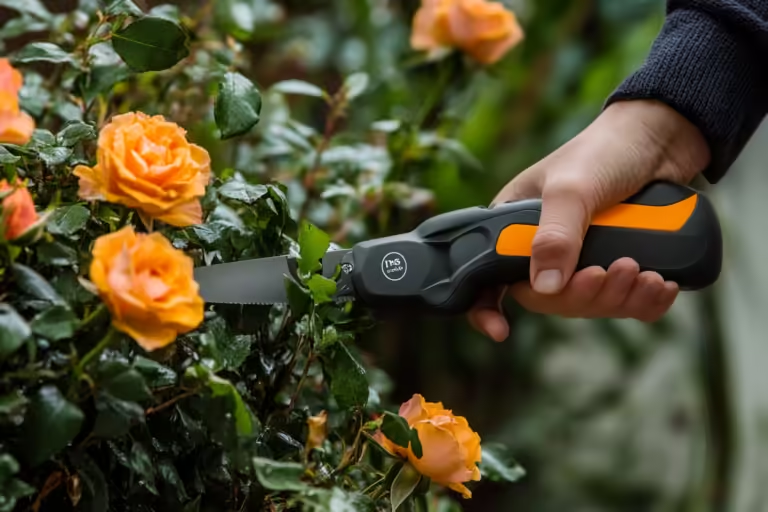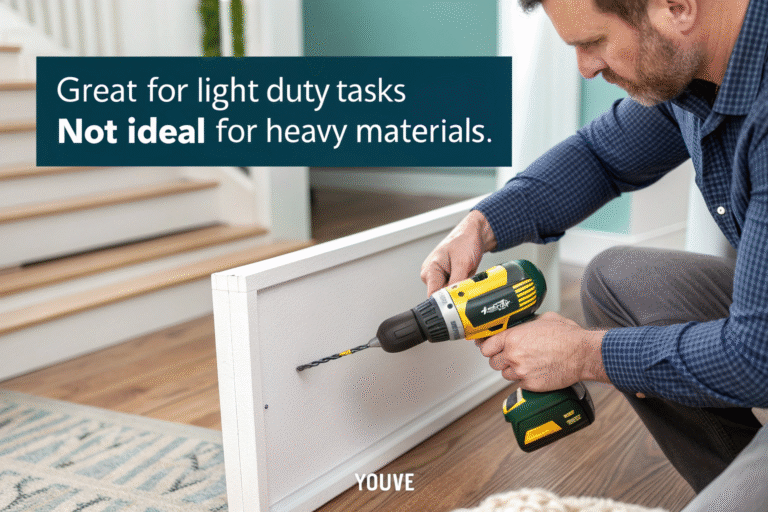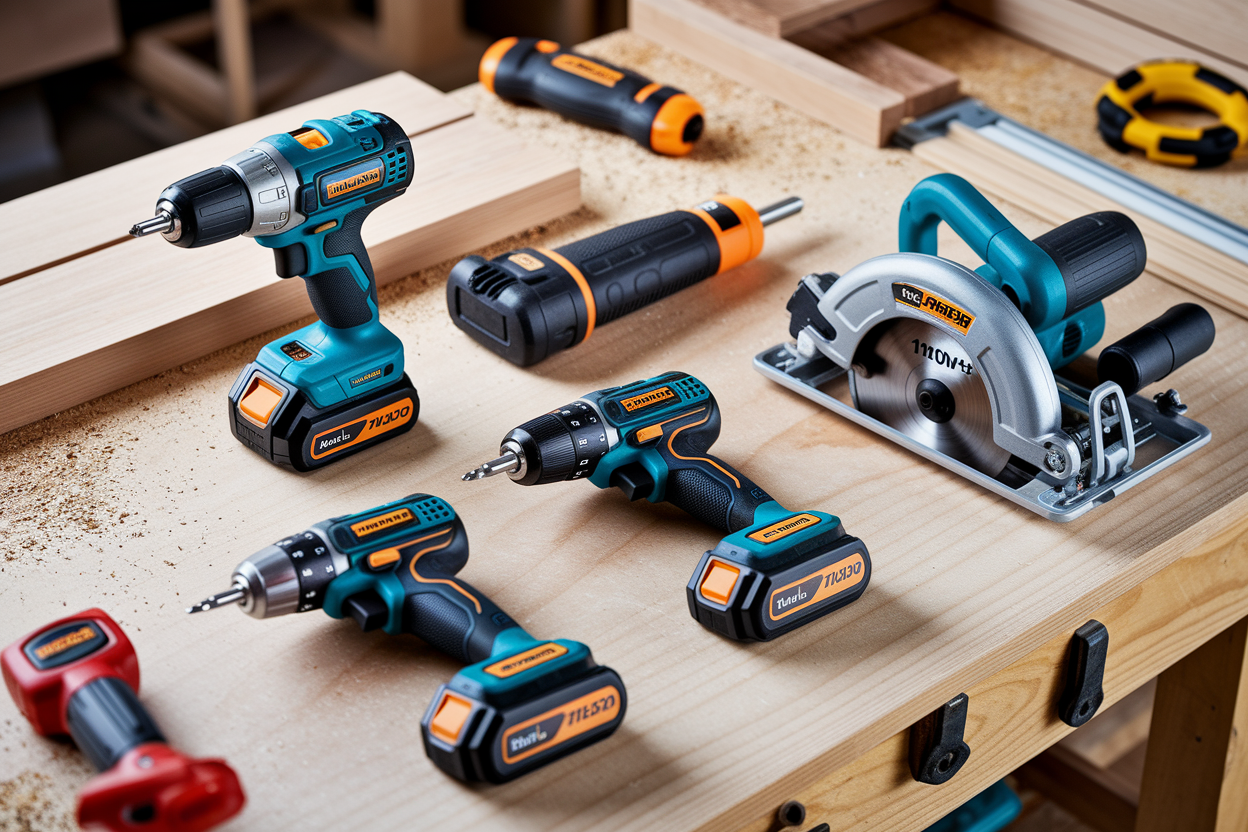
Carpentry is a demanding profession that requires precision, durability, and the right power tools. But when it comes to voltage, what’s the best choice? Whether you’re cutting, drilling, or assembling, selecting the right voltage can make a huge difference in efficiency and performance.
The ideal voltage for professional carpentry tools depends on the task. For heavy-duty applications, 18V to 21V tools offer the best balance of power and portability. Lower-voltage tools (12V) are great for precision tasks, while corded tools (110V+) provide unlimited runtime for stationary work.
Choosing the right voltage isn’t just about power—it’s about matching the tool to the job. Let’s break it down.
What is the best voltage for tools?
For professionals, tool voltage determines performance, runtime, and weight. So what’s the sweet spot?
The best voltage for power tools depends on the workload. For general carpentry, 18V to 21V cordless tools provide enough power and battery life. Lower voltages (12V) work well for lighter tasks, while high-voltage tools (36V+) are ideal for industrial use.
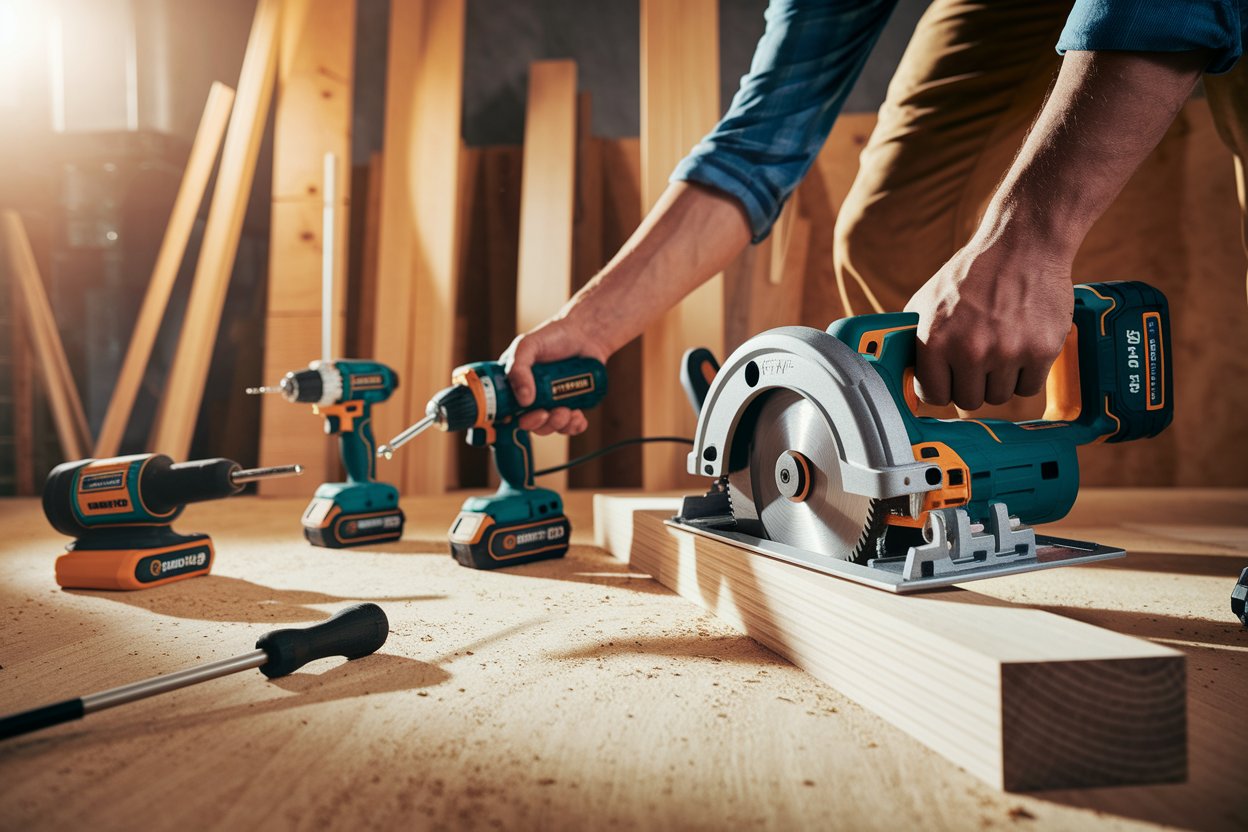
Understanding Power vs. Voltage
Voltage is like the horsepower of your tool—it dictates the overall strength. Most professionals use 18V or 21V tools because they offer the best balance between weight and power. Lower voltages (12V) are great for precision tasks but may struggle with thicker materials.
Voltage Breakdown for Common Carpentry Tasks
| Voltage | Best For |
|---|---|
| 12V | Small fasteners, light drilling |
| 18V-21V | General carpentry, framing, cabinet work |
| 36V+ | Heavy-duty industrial tasks |
If you’re looking for a tool that can handle everything from framing to fine woodworking, 18V-21V is your best bet.
What power tool is most used by carpenters?
Carpentry requires a variety of tools, but some are essential for nearly every project.
The most commonly used power tool in carpentry is the circular saw. It's indispensable for making quick, accurate cuts in wood. Other must-have tools include impact drivers, cordless drills, and jigsaws.
Essential Power Tools for Carpenters
- Circular Saw – Great for crosscuts and ripping boards.
- Cordless Drill – A necessity for drilling and driving screws.
- Impact Driver – Delivers extra torque for tougher fasteners.
- Jigsaw – Ideal for curved and intricate cuts.
- Miter Saw – Perfect for precision angle cuts.
If you’re setting up a carpentry kit, start with these before adding specialty tools.
Is higher voltage better for tools?
Many buyers assume that more voltage means better performance, but is that really the case?
Higher voltage increases power output, but it also adds weight and drains batteries faster. For professional use, 18V-21V strikes the best balance between power and usability. Ultra-high voltage (36V+) is only necessary for heavy-duty work.
When to Choose Higher Voltage
- If you cut thick hardwoods or drill through dense materials, a 36V tool may be worth it.
- If you need mobility and longer battery life, 18V-21V is the sweet spot.
- If you’re doing precision work, a 12V tool will be easier to handle.
Going higher isn’t always better—think about your daily tasks before upgrading.
Are 21V tools better than 12V?
If you’re comparing a 21V drill to a 12V drill, the difference is noticeable—but does that mean bigger is always better?
21V tools offer significantly more power and torque than 12V tools, making them better for professional use. However, 12V tools are lighter, making them ideal for tasks that require finesse and long-term handling.
21V vs. 12V: Which One Should You Choose?
| Feature | 12V Tools | 21V Tools |
|---|---|---|
| Power | Moderate | High |
| Weight | Lightweight | Heavier |
| Battery Life | Longer for light tasks | Shorter under heavy use |
| Best For | Precision work, cabinetry | Framing, general carpentry |
For a full-time carpenter, a 21V tool will likely be the better choice. But if you’re working on smaller projects, 12V tools have their place.
What is the best voltage for an impact drill?
Impact drills need a good mix of power and control, so what’s the best voltage?
For most professionals, an 18V or 21V impact drill provides the best balance of power, weight, and battery life. These voltages handle heavy-duty tasks while remaining portable.
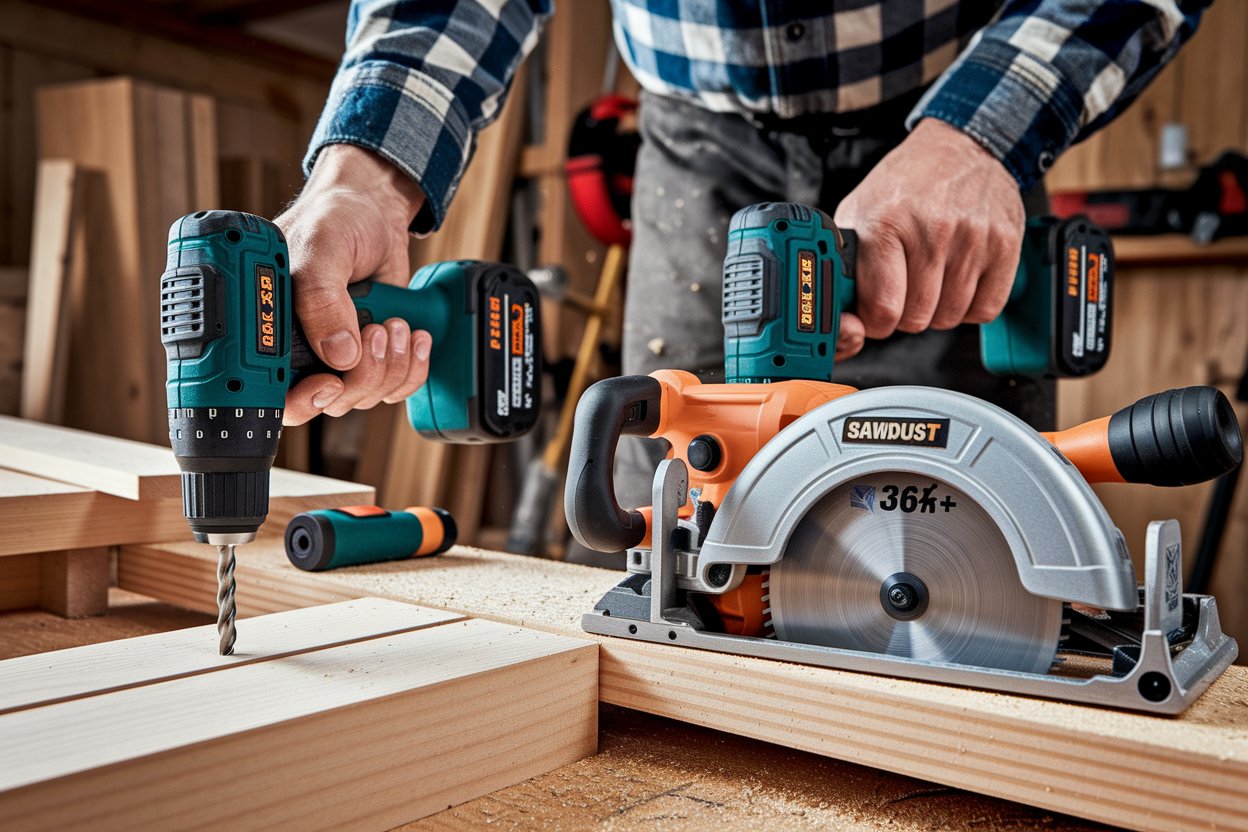
Choosing the Right Impact Drill Voltage
- 12V – Best for light assembly and delicate fasteners.
- 18V-21V – Perfect for construction, general carpentry, and furniture assembly.
- 36V+ – Only needed for industrial or extreme applications.
If you need an impact drill that can drive long screws, anchor bolts, and handle job site abuse, go for 18V-21V.
Conclusion
Voltage matters, but it’s not just about picking the biggest number. For most professional carpenters, 18V-21V tools strike the best balance between power, portability, and battery efficiency. Whether you’re sawing, drilling, or fastening, choosing the right voltage will make your work faster and easier.





